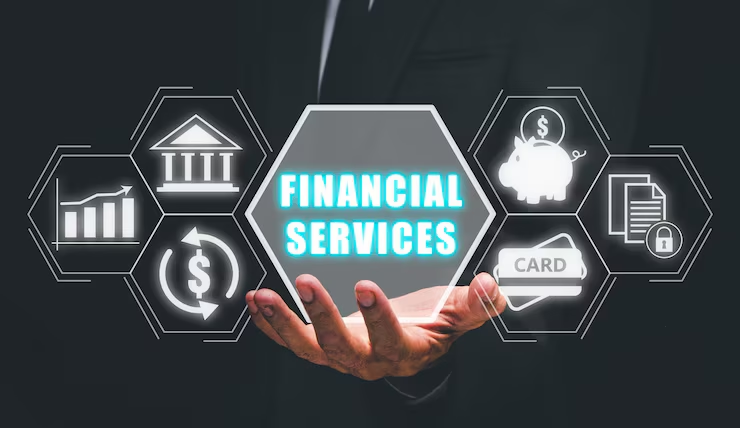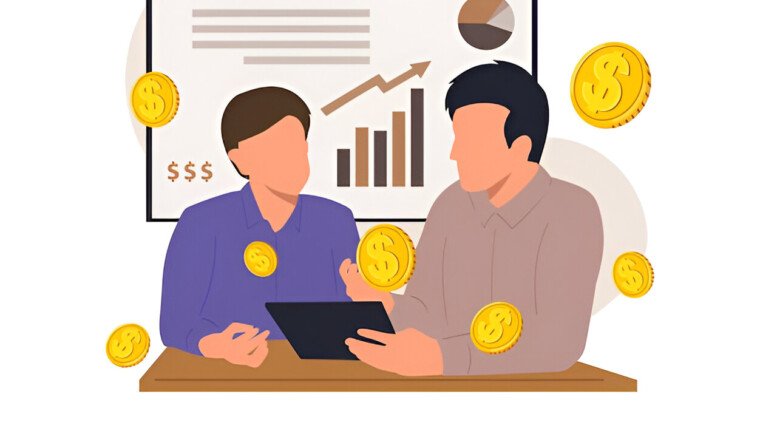No longer are the chunky wallets filled with cash and cards. Today, e-wallets are revolutionizing the way we carry cash and make purchases, providing a digital, secure, and convenient way to pay that is faster and simpler than cash payments and credit card transactions. But what even is an e-walle,t and why do you need one in today’s world of finance?
If you’re curious about e-wallets and how they function, this guide is here to explain it all. From what they are and how they work to their advantages and disadvantages, we’ll cover all you need to know about this digital payment method.
Understanding E-Wallets
An e-wallet, short for electronic wallet, is a software-based system, program, or platform that enables individuals to store an abstract representation of money properties known as e-funds or e-currency with which members can buy goods and services, Ubercoins. index make payments, and for most of the e-wallet holders, execute various financial transactions. Think of it as an online copy of the classic wallet, but you can use it with far more ease.
Key Features of E-Wallets
-
Secure Payment Support: Save your credit/debit card details, your bank account, or your PayPal account securely for fast transactions.
-
Contactless Transactions: Pay in person or pay online without the need for physical money or a card.
-
Additional Financial Tools: Some e-wallets may also allow you to budget, track spending, or save, depending on the service.
Popular e-wallet options include Apple Pay, Google Pay, PayPal and Venmo, and many more.
How E-Wallets Work
E-wallets are designed to be easy to use and secure to use them. This is what the basic process looks like:
Account Setup
In order to carry out an e-wallet, you will have to download the app or sign up and create an account. You’ll link your payment methods, which may include credit cards, debit cards, and a bank account, during this process.
Storing Information
Payments are encrypted and securely processed in the app. This will enable you to pay more faster since you don’t have to repeatedly enter private information.
Making Payments
E-wallets can be used for:
-
Online Transactions Antifraud: Through an online transaction, the user can only be authorized either by logging into an e-wallet or by biometric like fingerprint or face recognition.
-
Contactless Payment: Use the NFC feature for in-store contactless payment. Just hold your phone to a participating payment terminal.
-
Peer-to-Peer Transfers: It’s as simple as using free apps to instantly transfer money between Video Chat orders between friends and family.
Security Measures
The vast majority of e-wallet businesses have been constructed around bank-level encryption, two-factor authentication, and biometric technologies that guarantee that your finances are secure.
Types of E-Wallets
E-wallets aren’t one-size-fits-all. The platforms serve different needs:
-
Closed e-wallets:
These are attached to a particular business or platform. For example, Amazon Pay or Starbucks Wallet is usable only within each particular service. -
Semi-closed e-wallets:
These can be redeemed by several partnered merchants, on retail brick and mortar shop or online stores. Paytm is a well-known example of this. -
Open e-wallets:
These also give users complete flexibility to make transactions at any merchant, withdraw cash at ATMs, and transfer money to their bank accounts. Often seen with PayPal and Google Pay, among others.
Benefits of Using E-Wallets
So now, why should you “switch to e-wallet” from using your wallet? Here are a few of its appealing advantages:
-
Convenience
An e-wallet helps you to make quick and easy transactions without fussing around with cash or your cards. All that stuff is just on your phone. -
Enhanced Security
The encryption and biometric authentication technology make it much more difficult to steal or counterfeit physical cash. -
Speed
With one simple tap or click, you can make payments in a few seconds and avoid the checkout lines. -
Cashback and Rewards
Various e-wallets have reward programs in which they offer cashback, discounts, or points for making purchases with them. -
Helps with Budgeting
Certain e-wallets offer insight of one’s spending habits, allowing for improved financial planning.
Concerns in Adopting E-Wallets
Although e-wallets offer numerous advantages, there are also some potential disadvantages to keep in mind:
-
Reliance on Technology: You must own a smartphone and have access to strong internet in order to make payments.
-
Security Issues: While secure, e-wallets may still be subject to hacking or phishing attempts.
-
Merchant Acceptance: Not all stores or services may accept e-wallet payments, but acceptance is increasing quickly.
-
Potential Fees: Some services may charge for different types of transactions, including international transfers.
Who Should Use an E-Wallet?
E-wallets suit a variety of users as given below:
-
Tech-Head
For those who want to keep technology on their side, avoiding time wasting in transactions, Tech Head– those who wish to keep tech on their side, and not lose time in making a transaction. -
For Travelers
Whether operating internationally or across the city, travelers will rejoice in the hassle-free solution to carrying money on them or cards. -
Internet Purchasers
Who like the speed and convenience of a simplified checkout experience. -
Budget-Minded Individuals
Those who appreciate the monetary alerts, offers, and points provided to users by numerous apps.
The Future of E-Wallets
The e-wallet industry is buzzing, and its rise to prominence shows no signs of abating. Global Mobile Wallet Market to Reach $47 Billion by 2028. With the rising digitalization in the financial industry and payment systems, the mobile wallet market is expected to grow to $47 billion by 2028, recent reports confirm.
Such developments as the increase of blockchain and the cooperation with cryptocurrencies will probably raise e-wallets to a brand-new level, leading to safer, speedier, and more flexible payment systems.
How to Put an E-Wallet to Use
If you’re ready to give the service a try, here’s how to get started:
-
Research Your Options
Evaluate and contrast e-wallets on the basis of features, compatibility, and user feedback. -
Download the App
The most popular e-wallets, like PayPal, Google Pay or Venmo, are free on app stores. -
Secure Your Account
Then, establish strong passwords and use two-factor authentication for extra protection. -
Link Payment Methods
Enter your debit card, credit card, or bank account information to set up payment. -
Start Small
Make smaller transactions first to test out your e-wallet before you completely depend on it.
Make Every Day Easy
Ease into your transactions
But e-wallets aren’t just the new, cool tech thing. They are another move in the direction of more intelligent, quicker, and safer financial control. Now it pays to have an e-wallet, with these benefits, you can save time and speed through our point of sale system, designed to cater for the new generation.
Are you ready to take the weight off your wallet and adopt a smarter way to pay? Discover the universe of e-wallets today and feel firsthand on your own that they will change your every.
You can also learn more about: What Is Digital Finance Transformation








What Is FinTech? A Beginner’s Guide to the Finteching 2025
Harnessing AI and Machine Learning for Fraud Detection in Digital Finance
Digital Wallets vs. Traditional Banking: What Consumers Need to Know
Embedded Finance: How Seamless Financial Services Are Integrating into Everyday Apps
Embedded Finance: How Seamless Financial Services Are Integrating into Everyday Apps
AI-Powered Credit Scoring: Revolutionizing Digital Lending in the Digital Finance Era
Harnessing AI in Digital Finance: Revolutionizing Risk Management and Customer Experience
How Open Banking APIs Are Revolutionizing Digital Finance?